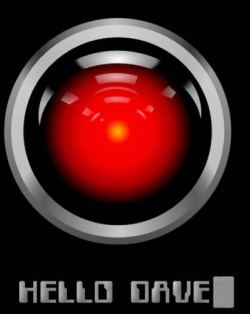I did not hustle to see The Puppet Show from the ICA when it opened at the Frye last month, partly because (already been chewed) puppets are everywhere. Pretty sure the exhibit plucked a few stringed bodies from the contemporary image stream as easy-to-chew crowd pleasers and sorry more compelling explorations tend not to travel, I filed it under an ever-receding-into-the-future to-do list.
I should have listened to Jen Graves, review here. (Mine in multiples soon to follow.)
The Puppet Show is killer good, and so is its catalog. Catalogs for crowd pleasers are either too jolly or too academic, good for their show lists, images and quotes from artists. This one, like Poussin, can truly claim to have thought of everything.
Below, jewels plucked from its various crowns, otherwise known as quotes from essays, beginning with the anchor piece by ICA curator Ingrid Schaffner, which provides an essential history of.
The art of bringing dead things to life is how Kiki Smith, who was once a busker with a Punch and Judy show, relates her work as a sculptor to puppetry. Or half-life, since part of what makes puppets so compelling – and, to many minds, creepy – as objects is that they always appear to be as much dead as alive.
The puppet that opens its eyes after everyone has gone to sleep…
(About Calder’s Circus, from 1961:) The sight of a big old bear of a man playing with tiny childish objects … encapsulates a lifetime’s effort to make art as gratifying as a toy.
fingers tangled in strings…
In the creation of art, it is the puppet one makes of oneself that is most important. (Harold Rosenberg)
Jane Taylor: Big points for resuscitation of Stanley Kubrick’s 2001: A Space Odyssey,
which was always too big-idea for me, and whose virtues have receded through
the lens of nephews and nieces, who unanimously reject it.
‘Stop.
Will you. Stop Dave. Will you stop Dave. I’m afraid. I’m afraid Dave.‘
These are not questions, nor are they appeals. They are chains of
signifiers.
 John Bell:
John Bell:
Puppeteers are often asked, ‘Oh, don’t you love Being John Malkovich?’
In that film, John Cusack plays Craig Schwartz, a puppeteer frustrated
by his unachievable desire to control people the way he controls
marionettes. This has nothing to do with real puppetry and is instead a
misdirected metaphor about puppets: the idea that the goal of puppet
performance is complete control of the object.
Terence Gower:
This tyranny of the copy brings to mind the final images of Federico Fellini’s film City of Women,
in which (Marcello Mastroianni) finds himself in the gondola of a
hot-air balloon. Looking up, he realizes that the balloon is a copy of
the beautiful young woman he has been pursuing throughout the film. She
looms over him like a vast marionette, yet it is he who is caught in
the strings.
Jenna Osman:
The
least change in our point of view gives the whole world a pictorial
air. A man who seldom rides needs only to get into a coach and
transverse his own town to turn the street into a puppet-show. (Emerson)
Brecht’s
epic theater is an argument against ‘culinary” performance wherein the
audience gives itself up via empathy to the unreality of the stage.
Once the empathic lock has been achieved, the spectator consumes the
words and experiences of the protagonist as if there were her own. And in light of such consumption, nothing changes.
Carin Kuoni: Excellent on the specific qualities of the artists in the lineup. (Co-curator of the exhibit, with Schaffner.)
Ann
Chu, for instance, has taken her puppets off the strings. All of a
sudden, the charming old man with a wide-brimmed sloppy hat and the
maiden with her stiff bonnet hang off ropes, transformed by the artist
into strangled corpses.
Nayland Blake’s puppets are delicate, temporary, rococo concoctions – frail and doomed.
A puppet is never abstract, lest it become a pattern (or a dance).



Leave a Reply